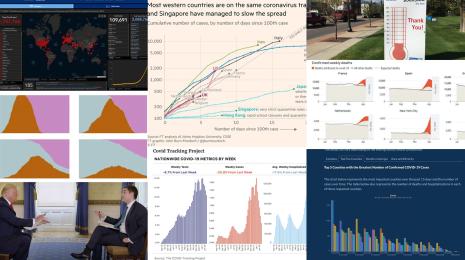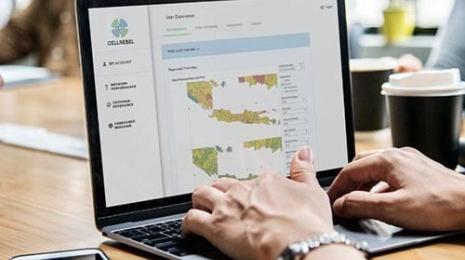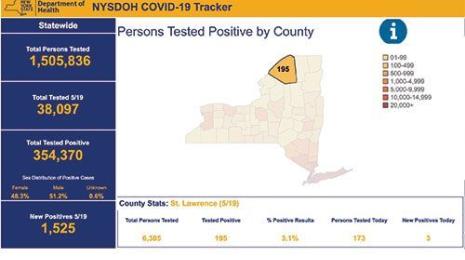How has COVID-19 impacted US retail?
The pandemic continues to redefine our lives, and the choices we make as consumers. The story of change during this time is very much a data story—and for retailers, adjusting to new realities has meant redefining “business as usual” using data insights. Understanding patterns of consumer behavior, including visitation patterns, can give retailers a competitive advantage by enabling a data-driven approach to forecasting and planning.
Harnessing data for competitive advantage
Location technology, such as the Foursquare platform, is being used to provide retailers with the granular insights they need to understand the latest behavioral trends. Using this data, retailers and marketers can make better decisions during the 2020 holiday season and beyond:
- Location-based insights are actionable data that can guide decision making related to operating hours, staffing, and inventory, including when to open stores in different regions on Black Friday, how many employees will be needed on other peak shopping days like Super Saturday, and where to invest in curbside pickup for buy-online-pickup-in-store.
- Marketers are using location technology to identify the consumers who are out and about shopping in the physical world, versus those staying at home, delivering relevant messaging based on consumers’ mindsets using targeted advertising.
- Retailers are combining store visitation data with online shopping data to enrich customer profiles, building a deeper understanding of their holiday shoppers.
- Lastly, retailers are utilizing location technology to quantify the impact of advertising on foot traffic to stores during the holiday season via online-to-store attribution solutions.
Top three trends: a closer look
Here are three of the top trends Foursquare is seeing, visualized in the dashboard, above:
Trend 1: Certain types of retailers are drawing more foot traffic than others
Foursquare data shows strong visitation to retail categories that enable outdoor activities this year, such as sporting goods stores and outdoor supply stores, even moving into the fall. Location data indicates that consumers are eager to shop in person for certain items more than others. We anticipate that these latter categories may rely more heavily on e-commerce this year.
Trend 2: Retailers are seeing more traffic midday in the middle of the week, relying less on weekend shopping
Location data shows meaningful changes in when people shop, as consumers look to avoid crowds and maintain social distance. As a result, retailers are relying less on midday Saturday shopping trips this holiday season, and expect to see more shoppers in the middle of the day and during the week.
Trend 3: Millennials are shopping in-store more than older audiences
Certain demographic groups are more inclined to do their shopping in person. For example, retail traffic has recovered more amongst men, and amongst Millennial shoppers. These consumers may be more risk-tolerant, or simply craving interaction with others in the physical world. At the same time, we’re seeing less in-store shopping amongst women, Gen-Z 18-24, and Baby Boomers, indicating these consumers may be shopping online instead.
What retailers can learn
As the 2020 holiday retail season takes shape, it’s clear that it will be a season like no other. More than ever, retailers will need a deep understanding of their customers to meet expectations for a seamless, omnichannel experience. Trends will evolve as the pandemic continues to change behaviors—but for all retailers, from the largest big-box stores to independent operators, the biggest take-away is that agile, data-informed adaptation is key. Data analytics will play an ever-growing role in building the insights that retailers need to drive innovation and profitability now, and into 2021.
Foursquare is the leading independent location technology platform. Location is at the center of everything we do: we understand location, how people move through the real world, and how those patterns change over time. We use that knowledge and our proprietary technologies to help brands, developers, marketers and analysts understand consumers and engage with them.
Lovelytics, a data analytics and geospatial services firm, simplifies complex datasets like Foursquare’s into understandable dashboards, enabling actionable insights.
Articles sur des sujets connexes
Abonnez-vous à notre blog
Obtenez les dernières nouvelles de Tableau dans votre boîte de réception.








